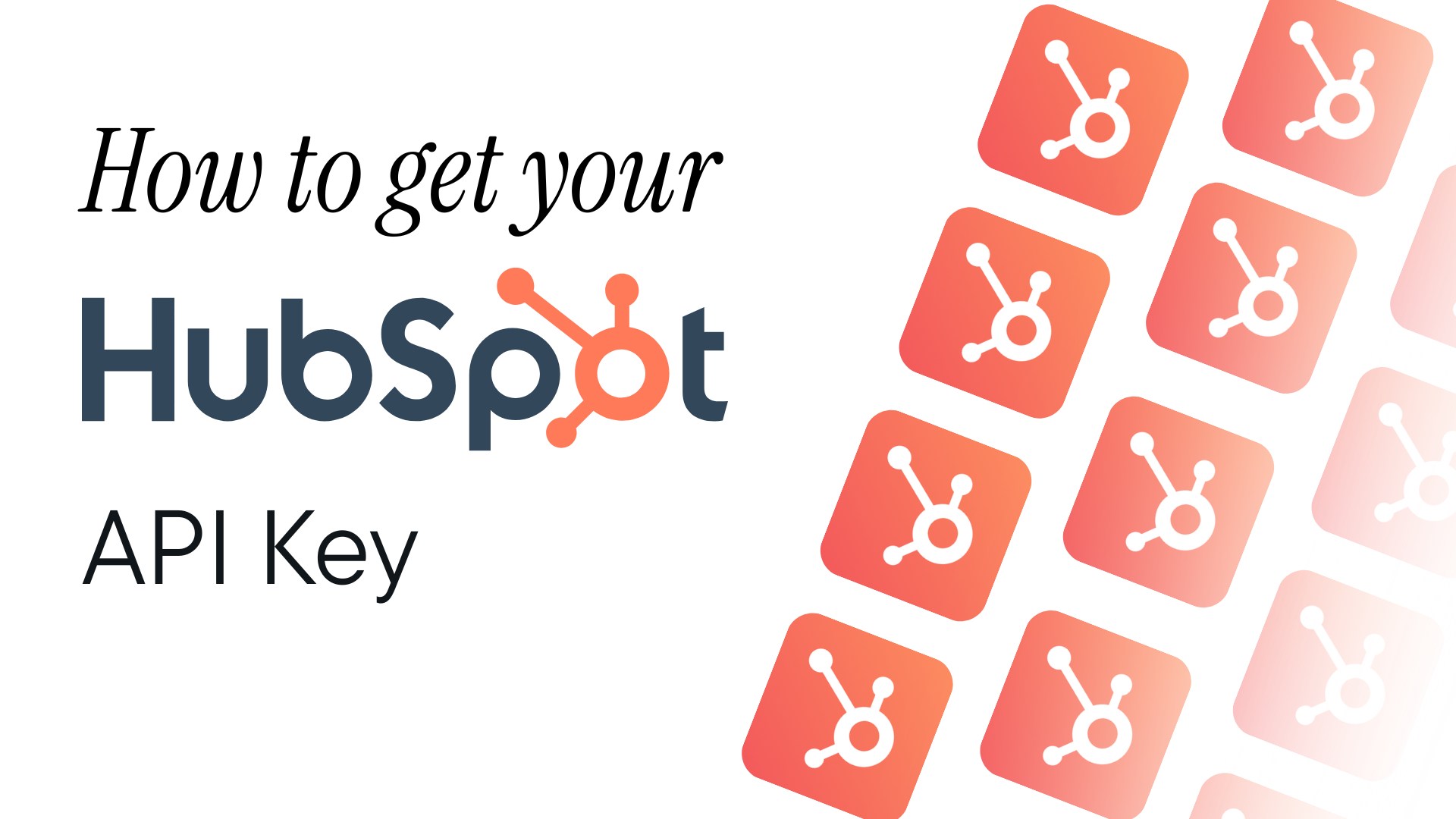As SaaS rises in importance, quality DX is no longer a choice — it is imperative to remain competitive. Below, we'll define what it takes to build a great developer experience. We'll consider why having quality DX is important and highlight some stellar examples of great DX in practice.
What does DX mean?
Developer Experience, often abbreviated as DX, DevX, or Dev EX, is like user experience but for software developers. To have excellent DX means that a software tool is functional, usable, well-designed, self-service, and easy to navigate. This general gauge of quality can be applied to any developer-facing utility, whether it's APIs, SDKs, CLIs, cloud infrastructure, or other Software-as-a-Service (SaaS).
Why is quality developer experience important?
Developers are customers now. Many companies have found success in differing to the developer's judgment when selecting new tools, as opposed to relying on a top-down direction. In this environment, competition is increasingly driven by the usability of the integration. In other words, usability matters for developers just as much as it does for end-users.
Furthermore, there are now more APIs than ever. Even the number of APIs within a single sector has flourished — for example, we've tracked over 25 APIs in the CRM space alone. The hockey-stick growth of the API economy means that software providers must fight to survive, and battles are being won by the tools with the best developer experience, such as Twilio, Stripe, and Shopify. Improving usability directly correlates to more users and more sales.
In recent years, the bar has risen dramatically. It can also be hard to cold-call developers, meaning SaaS must be discoverable and self-service. With the advent of spec-driven development, the standard for developer support materials has grown to include sleek documentation, shared libraries, testing sandboxes, and more open experiences curated to developer tastes.
In essence, APIs must supply more than a static reference — the market now expects intuitive, self-service experiences. In this new paradigm, things are more sophisticated, and to remain relevant, quality DX is no longer optional.
Tips for building a great developer experience
Now that we understand what DX is and why it's soared in importance, let's consider some specific ways API providers can build a great developer experience.
Make it self-service
Make the entire process as self-service as possible. The API should require zero human support intervention — from onboarding to API key generation, integration, and ongoing maintenance. Instead, design the service to be easily discoverable and understandable by users. Increasing self-service capabilities means providing public documentation with a playground to test requests and responses quickly. Avoiding a paywall with a free tier can encourage early use.
Have a great functionality
Developers integrate APIs to avoid re-using the wheel, so the functionality better be worth it. Beyond simply performing as expected, a quality DX supports engineers with non-reproducible, innovative functionality. As a baseline, the functionality must be stable and predictable. The API must also function as documented, as inconsistencies between docs and production can be a big deterrent. Human-readable error messages are also critical for diagnosing failed requests.
Meet SLAs and be transparent
Quality DX also means high uptime and reliability. API.expert does a good job showcasing the performance standards in our sector — most APIs hover around three-nines availability or higher, with a 200ms-500ms median latency. APIs should specify a Service-Level Agreement (SLA) with consumers, and strive to meet these benchmarks. It's also vital to monitor the service and maintain transparent status reports; this could be accomplished with a real-time status page or a decoupled uptime endpoint. When errors occur, notify the community and correct them immediately, as did Stripe in a recent outage.
Use modern design standards
A quality DX also considers modern programming trends. For example, a SOAP web API serving XML feels antiquated. Nowadays, REST design and JSON data formatting are more standardly used. When appropriate, GraphQL can also increase usability significantly by combining disparate requests. Or, to cater to event-driven workflows, asynchronous webhooks may be worth considering. APIs are also expected to open-source OpenAPI specifications to increase transparency and interoperability. Regardless, staying on top of API design trends will help keep your service sleek, relevant, and developer-friendly.
Meet developers where they are
Part of this developer-friendly focus is meeting engineers wherever they are — in skill-level, programming language, and preferred development tool. APIs can boost developer experience by providing easy integration for whatever programming language the engineer is most comfortable with. Accomplish this by offering code samples and libraries for popular languages, such as Python, Ruby, PHP, C++, or Go, and by generating SDKs for mobile platforms like iOS, Android, or Windows. Other ideas include:
- A CLI to test requests from the command line.
- A virtual testing environment.
- A run in Postman button.
- A run in Insomnia button.
The point is to accommodate developer skill sets and appeal to the workflows and tools they already use.
Include account dashboards
APIs are not usable with reference material alone. In addition to documentation, a complete developer portal requires account management features. An API dashboard should provide ways to generate API keys, handle billing, upgrade rate limits, and transparently view usage. An advanced dashboard that logs all API calls and supplies metadata such as specific client usage could benefit developers as they refine their applications and perform error diagnostics.
Enforce data privacy and security compliance
Conforming to regulations like GDPR or CCPA is now mandatory for most businesses. Without the proper data compliance and security clearance, the use of an API could stop dead in its tracks — a total buzzkill for potential developer consumers. To understand what policies to enforce, API developers can easily compare security and compliance ratings between cloud services, companies, and subprocessors. From a security perspective, APIs that only support HTTP Basic Authentication or don't use mTLS are prone to abuse. Instead, advanced API security structures adopt OAuth and JWT to share authorization scopes.
Invest in excellent developer relations
A final piece of advice to instill great DX is to invest in community development. Being part of a community can help boost confidence and increase overall engagement around software. Developer advocates can host virtual seminars to engage with developers, or organize the community around shared forums, message boards, or chat, like Discord or Slack. API evangelists can elevate users by offering pragmatic advice and creating training materials. All in all, developer relations provides a path for additional support, greatly supporting the developer journey and improving DX.
Five examples of high-quality developer experience
The best way to demonstrate high-quality developer experience is to see it in practice. Here are five examples of great DX within the API industry.
1. API Tracker
To compare API developer experiences on the market, look no further than API Tracker. API Tracker, a curated directory of 1200+ APIs, is an excellent way to discover APIs and see how they compare to others. API Tracker scores each API's developer experience by showcasing supported SDKs and client libraries, API styles, compliance statuses, the presence of a free account, and other pertinent integration information.
2. Square API Explorer
Square, the popular payment processing platform, offers a truly innovative way to explore its API catalog. In addition to the typical three-columned API documentation most developers have come to anticipate, Square also created a reactive API explorer. Using drop-downs, developers can select the API, the method, and preferred language to quickly generate responses and run requests in any language. Users can insert an API key to run in sandbox or production modes. This simple tool represents a distinctive way to navigate a web API.
3. Unified APIs
API aggregation is often necessary for industry-specific integrators — but consuming many APIs at once can be tiresome. Unified APIs decrease this burden, offering an easy way to integrate multiple APIs of the same vertical simultaneously. By reducing development overhead, Unified APIs can significantly increase developer experience. For example, the HRIS API offers one Unified API to push and query crm data from +50 HRIS connectors.

4. AWS Developer Community
When it comes to building developer communities, Amazon Web Services (AWS) is unrivaled. For one, the AWS Heroes program recognizes specific AWS engineers, turning customers into stars in a blog and podcast format. Many developer support options exist, including developer advocates, user groups, a dedicated AWS subreddit, and live video training. AWS also supports language-specific forums for Java, JavaScript, .NET, PHP, Python, and Ruby. As you can see, AWS isn't just talking about "meeting developers where they are" — they're actually doing it.
5. Shopify GraphQL Explorer
Shopify is another API-first company known for its excellent developer community building and high-quality DX. To increase usability for its Shopify Admin API, Shopify provides a GraphiQL explorer. Using the explorer on the left-side, users can select what data to return, and the playground will generate a request and response in the following columns — this makes constructing GraphQL queries much easier. You can view a demo here, and download this package to build queries and mutations.
DX shapes the future of software development
Nowhere was quality DX needed most than within the API economy, where for years, integration was notoriously painful. Yet, in recent times, this has all changed. The standards have risen. Now, great DX is no longer optional — instead, it's core to the API-as-a-Product movement.
As seen in the above examples, interactive demonstrations help programmers learn and get started quickly. Developers have also come to expect great functionality, high uptime, and modern design. A developer dashboard is also necessary for self-service capabilities, while developer relations can extend a helping hand to the struggling implementers. Lastly, meeting standard compliances is needed to avoid a broken experience entirely.
Optimizing DX is an art. For powerful software tools, balancing complexity and usability is challenging. Simultaneously, developer love is hard to generate. Though not mentioned above, it probably goes without saying that APIs should avoid empty sales dialogue, as it could do more harm than good. Instead, show the power of the utility and get out of the way.
With more and more products targeting the developer mindshare, the market is highly competitive. The tools that prosper will surely be the ones that invest in developer experience and reimagine it in unforeseen ways. Hopefully, then, only the software with great DX will rule the future.
Ready to get started?
Scale your integration strategy and deliver the integrations your customers need in record time.











